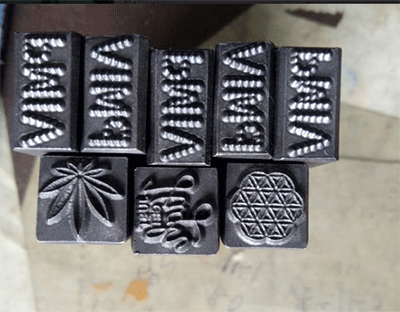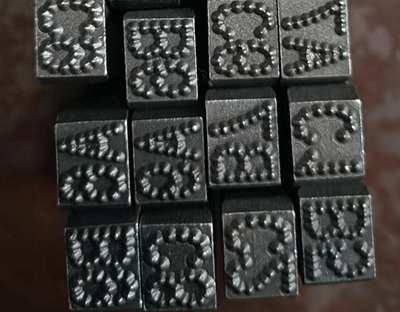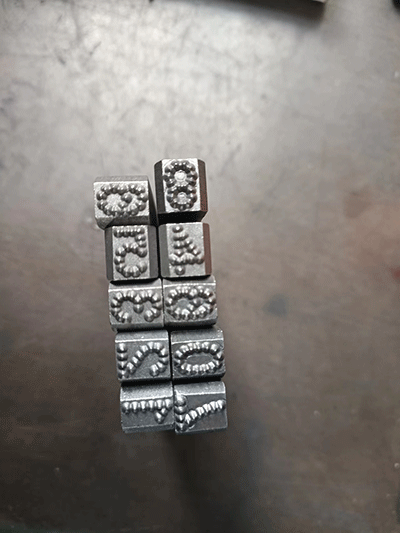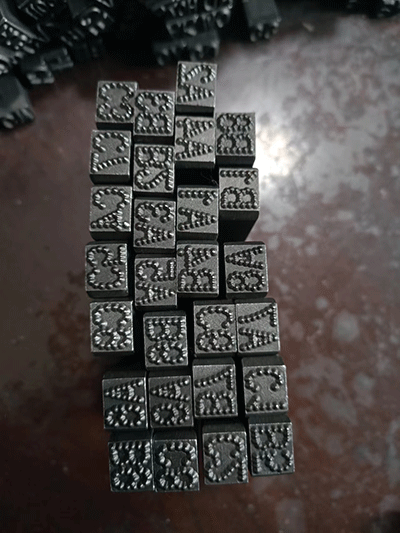Low Stress Steel Mark
There are several advantages to using low-stress steel standards, including:
Reduced risk of damage to the metal: Low-stress steel marking techniques reduce the amount of force and impact on the metal surface, which helps to prevent cracking, deformation, or other types of damage that can compromise the integrity of the material.
Enhanced readability: Because low-stress steel marking methods create a clear and legible mark on the metal surface, it is easy to identify components and parts, which can save time during inspection and maintenance processes.
Improved traceability: By using low-stress steel marking techniques to imprint unique identification numbers, part numbers, or other important information onto metal surfaces, manufacturers can improve traceability throughout the product lifecycle.
Compliance with industry standards: Many industries have strict regulations and guidelines regarding the marking and identification of metal components and parts. By using low-stress steel marking techniques, manufacturers can ensure that their products meet these standards and comply with industry regulations.
Overall, the use of low-stress steel marking techniques provides numerous benefits over traditional marking methods, including improved durability, readability, traceability, and compliance with industry standards.
Low-stress steel marking is a technique used to imprint text or designs onto metal surfaces, such as pipes, tanks, and equipment, without causing damage to the material. This is achieved by using a low-impact marking method that reduces stress on the metal, preventing cracking or deformation.


There are several techniques used for low-stress steel marking, including dot peen marking, laser engraving, and electrochemical etching. Dot peen marking is a process where a series of small dots are stamped onto the metal surface in a specific pattern to create the desired text or design. Laser engraving uses a high-powered laser to remove material from the metal surface, creating a permanent mark. Electrochemical etching involves applying an electric current to the metal surface through a stencil or mask, creating a chemical reaction that imprints the text or design onto the metal.
Low-stress steel marking is commonly used in industries such as aerospace, automotive, and oil and gas, where it is important to maintain the integrity of the metal while still being able to identify components and parts. By using a low-impact marking technique, manufacturers can ensure that their products meet industry standards and regulations, while also providing a clear and legible mark that is easy to read and identify.







